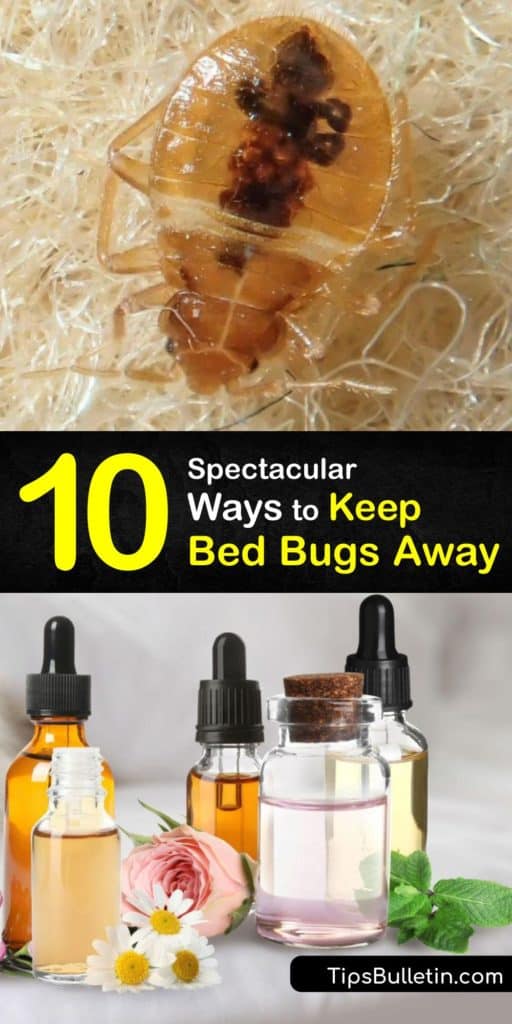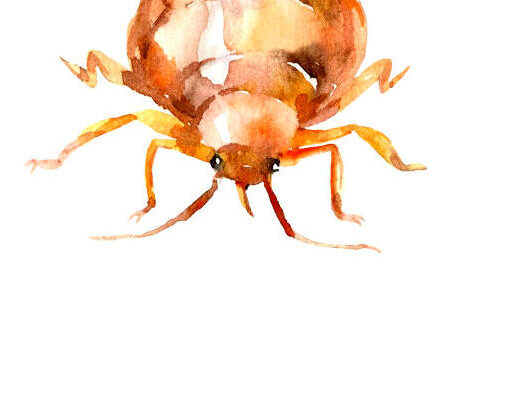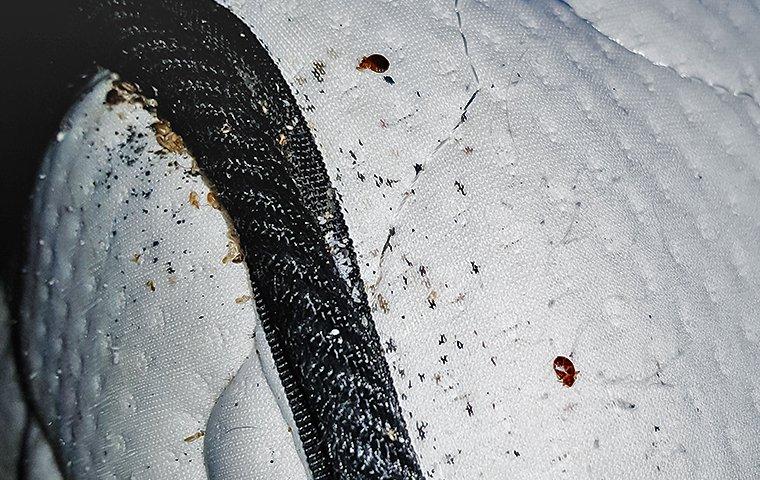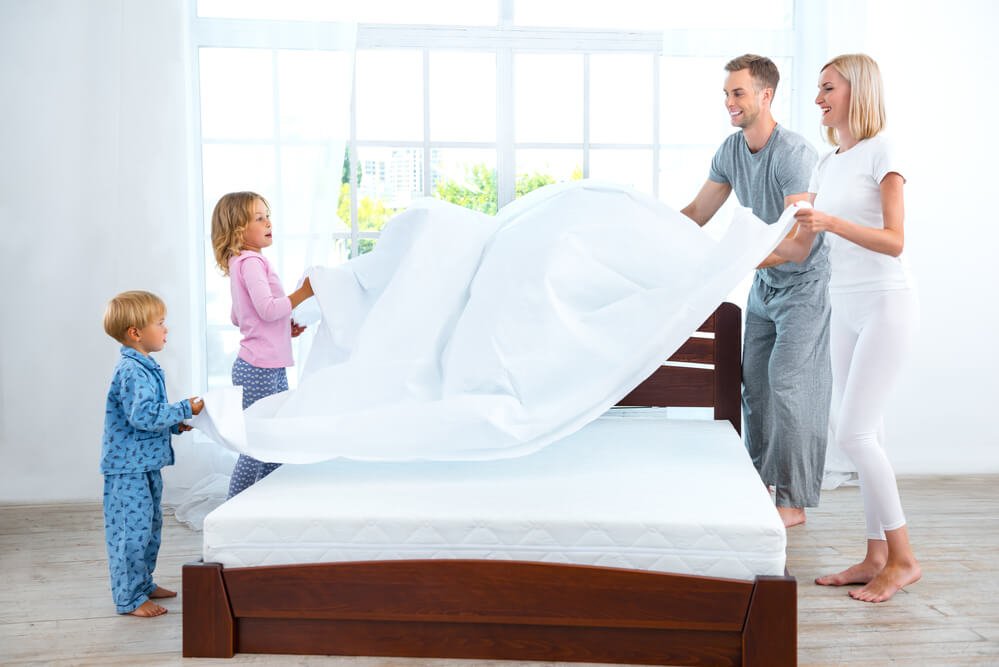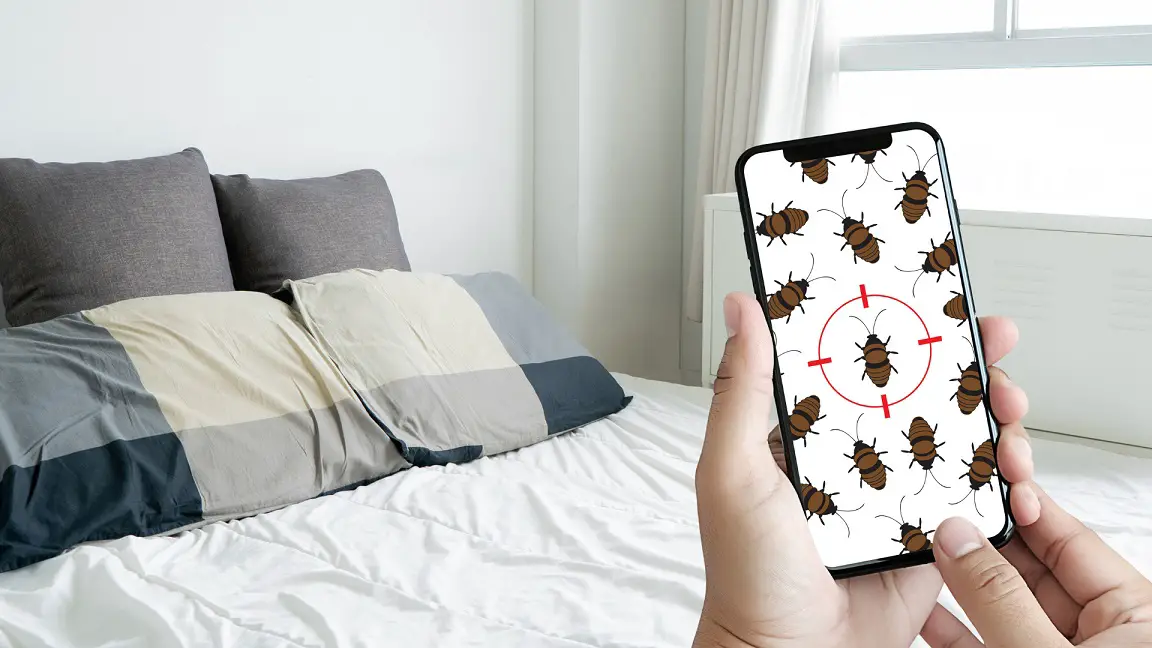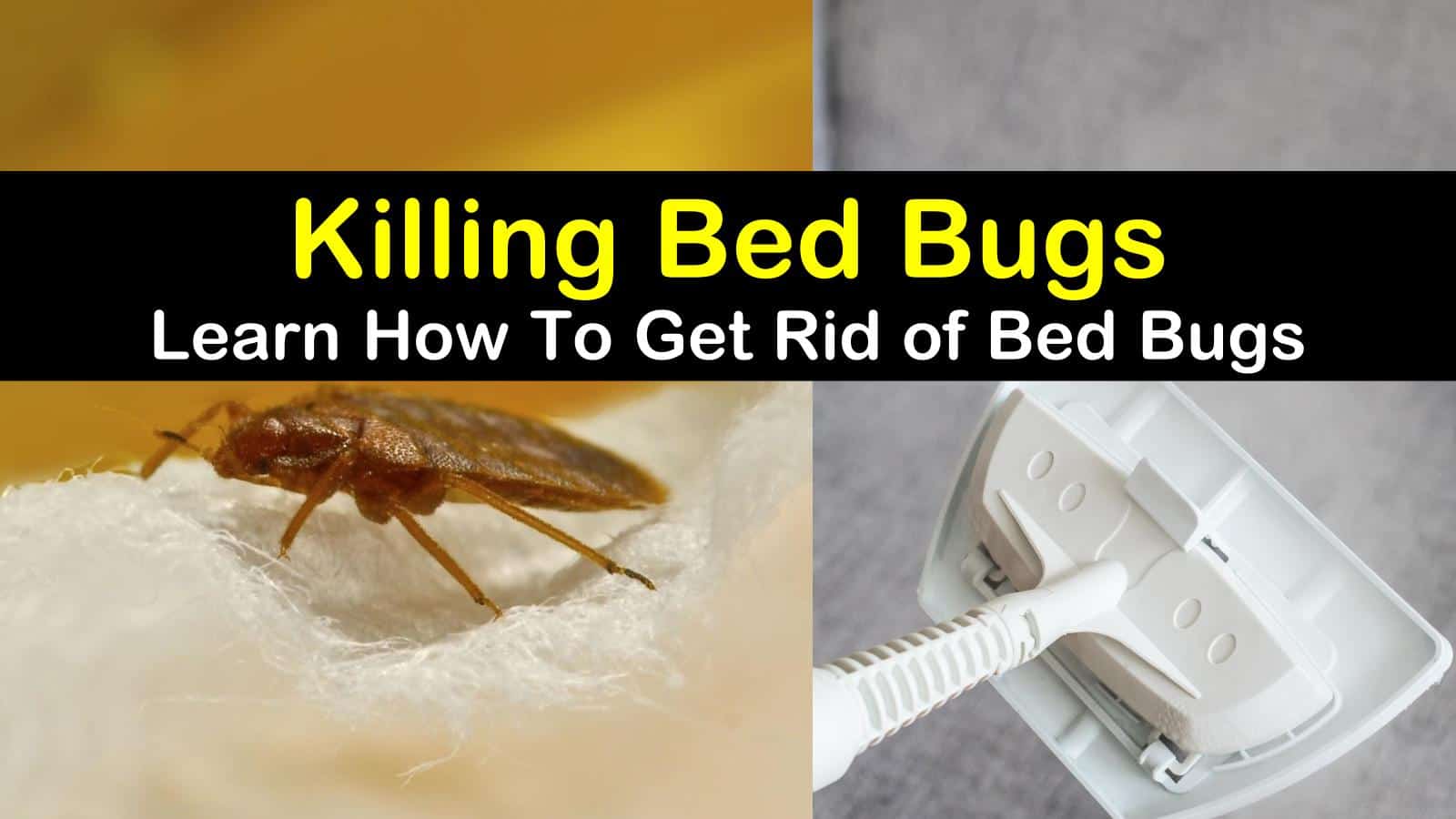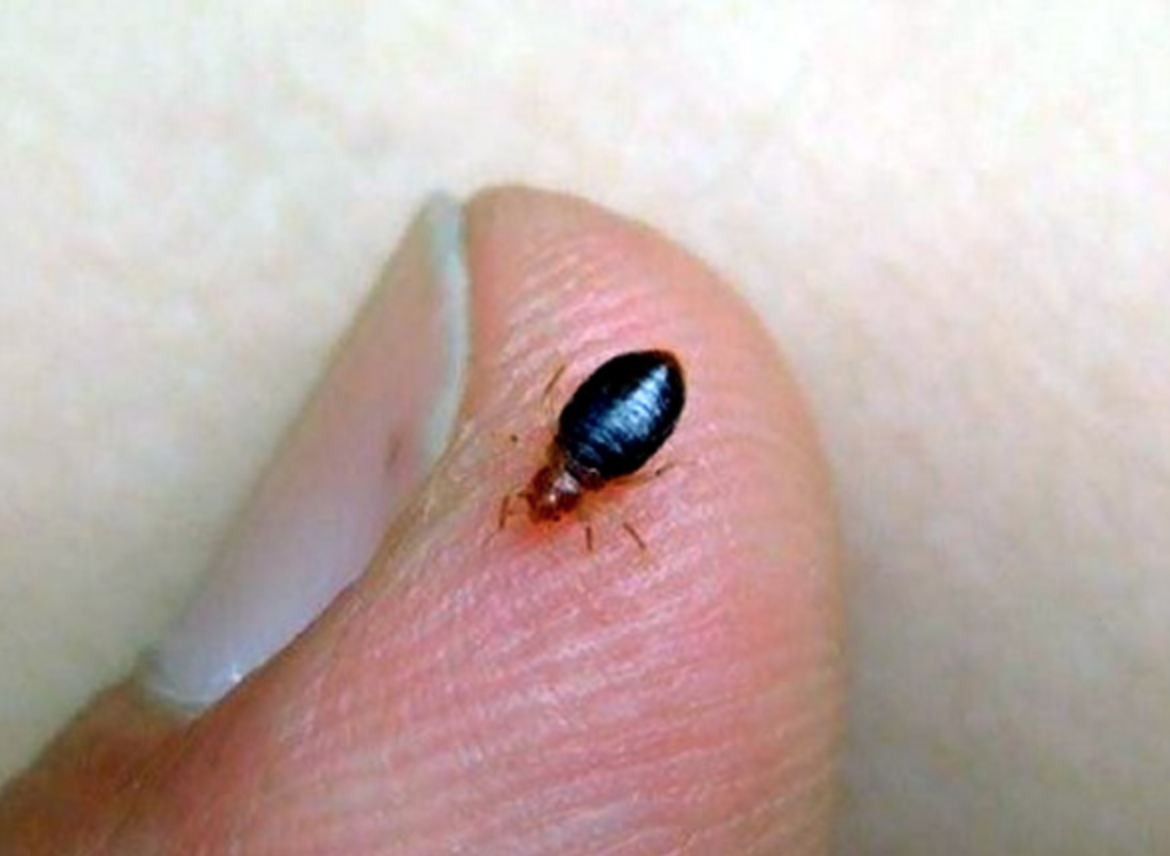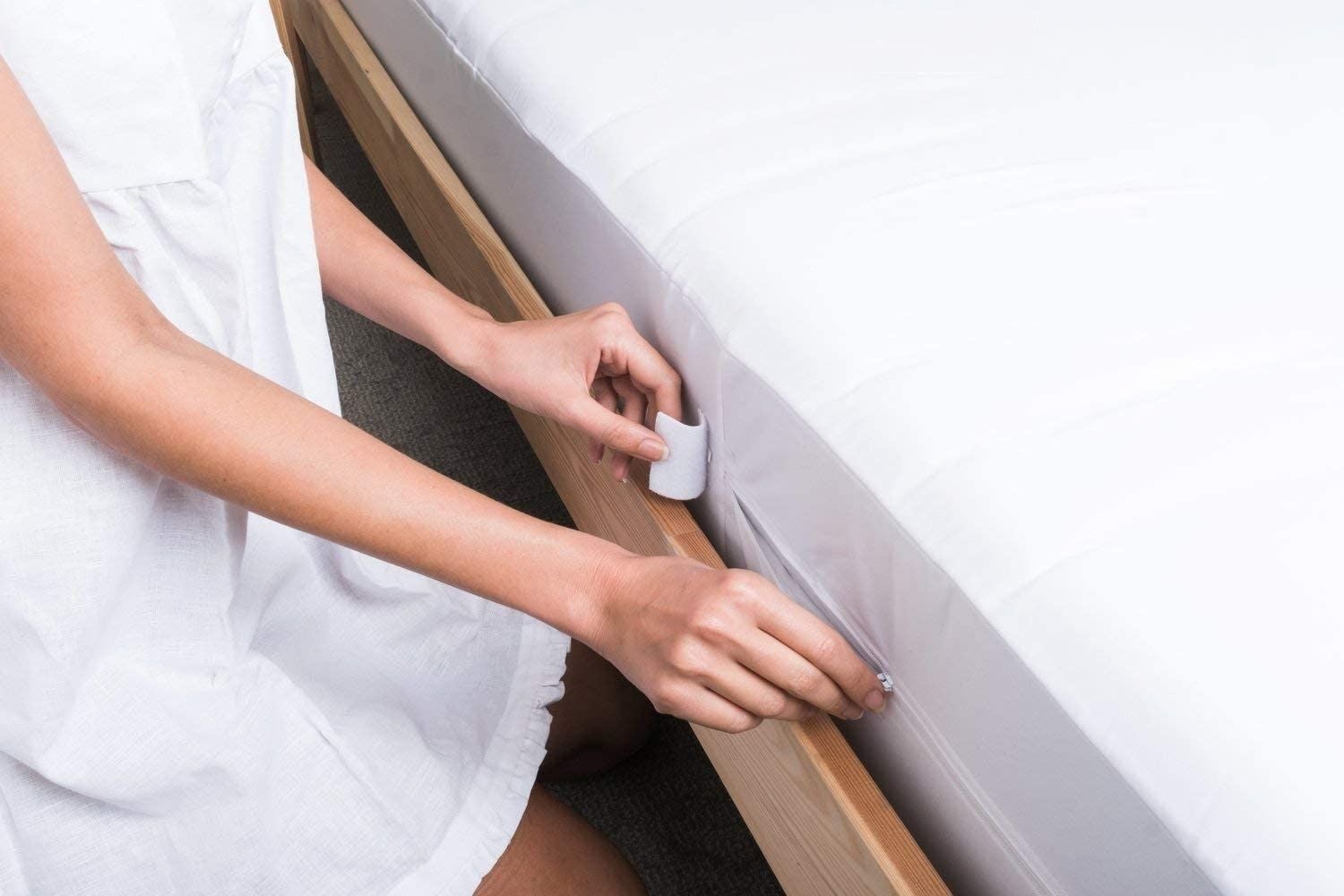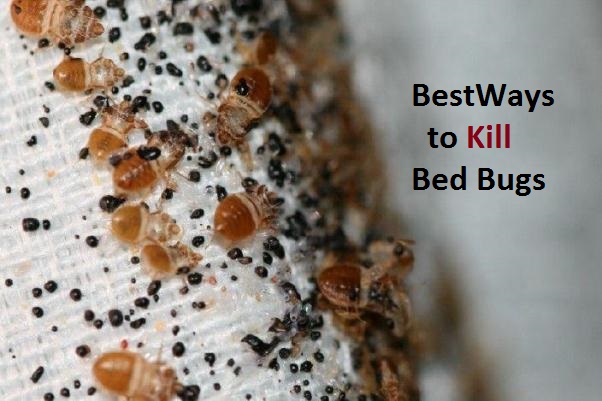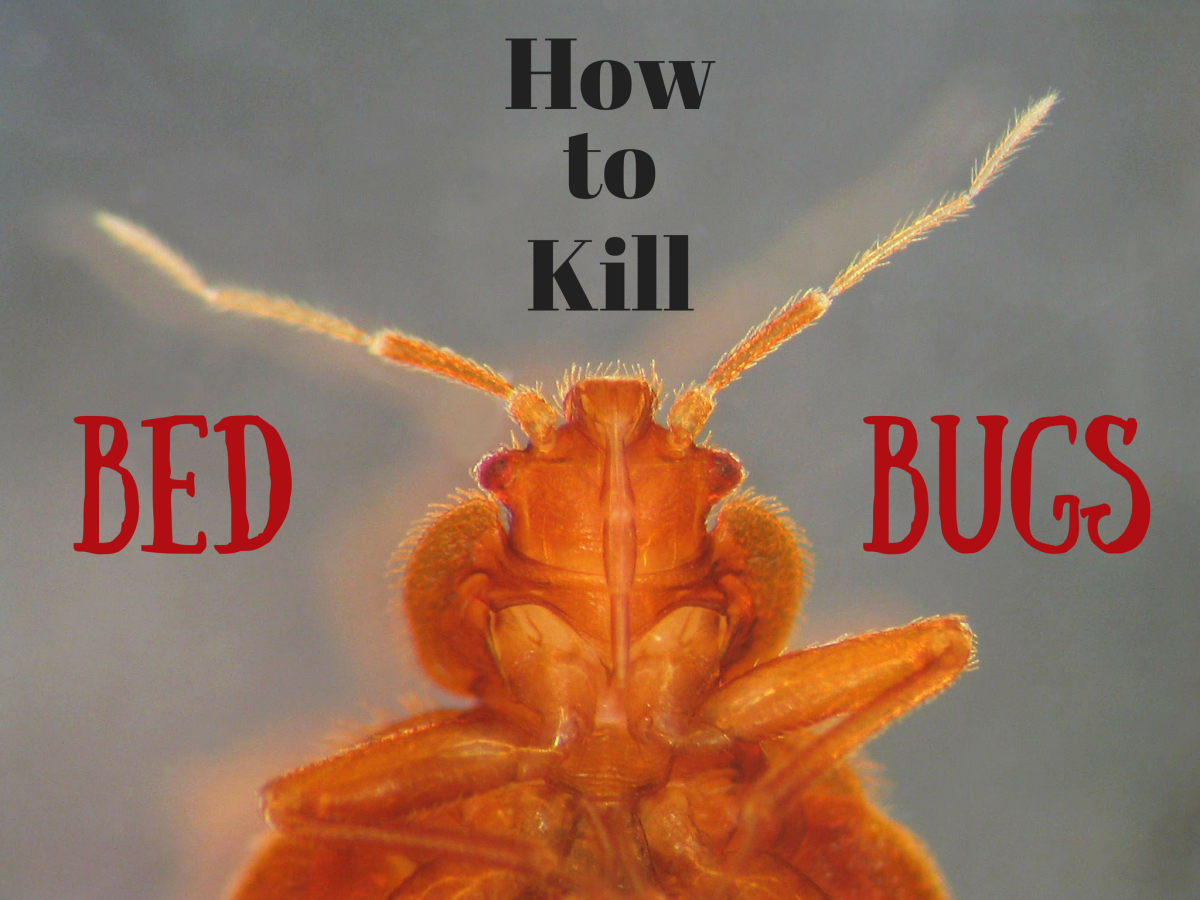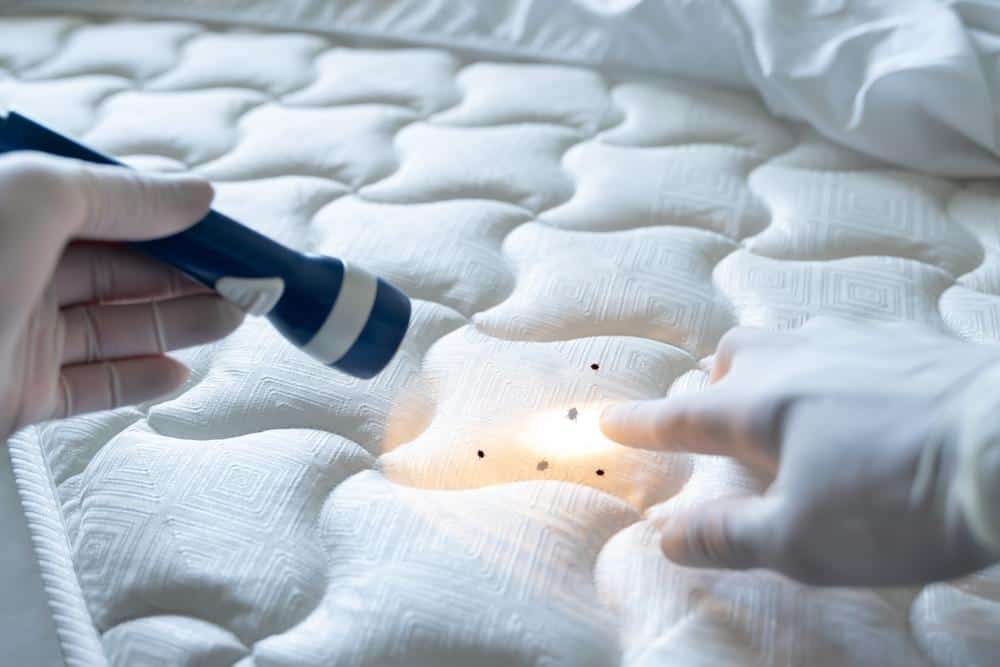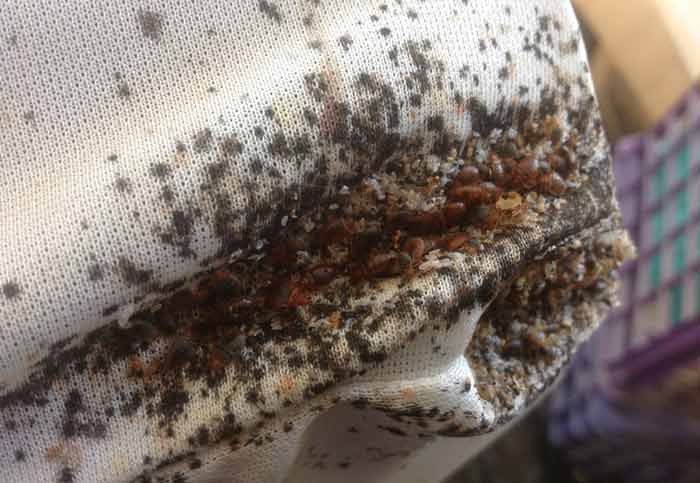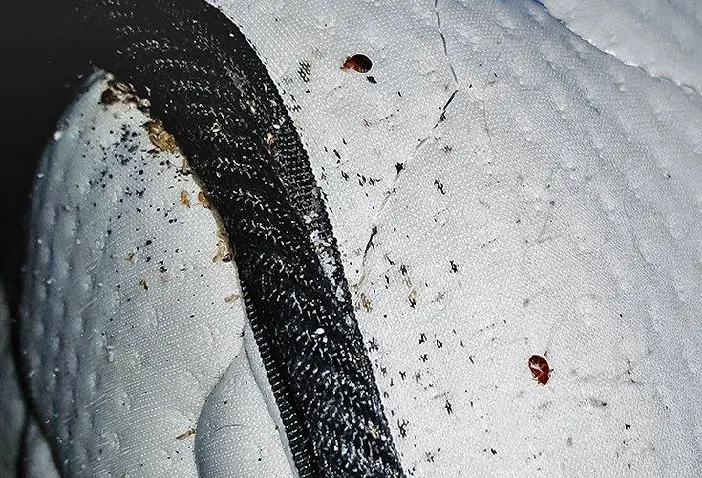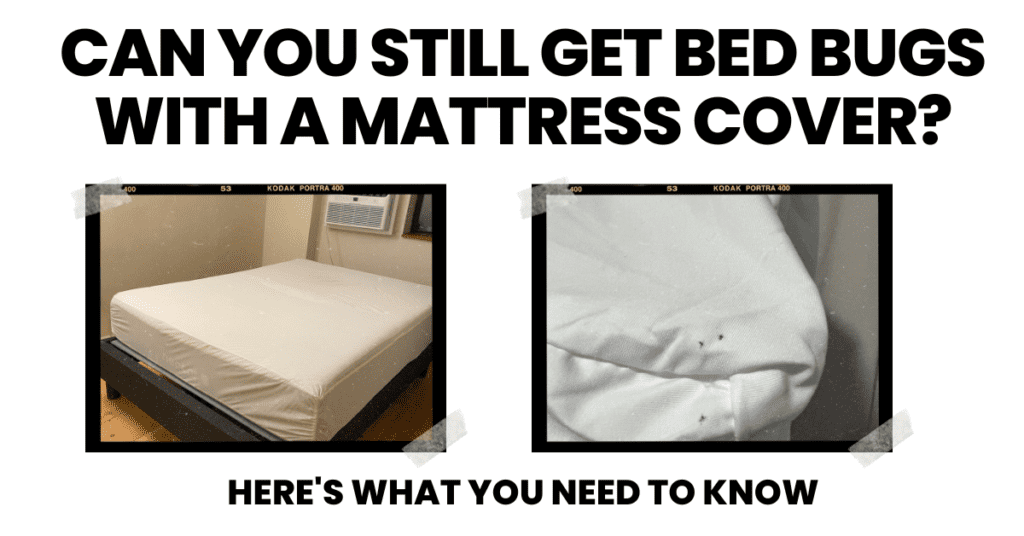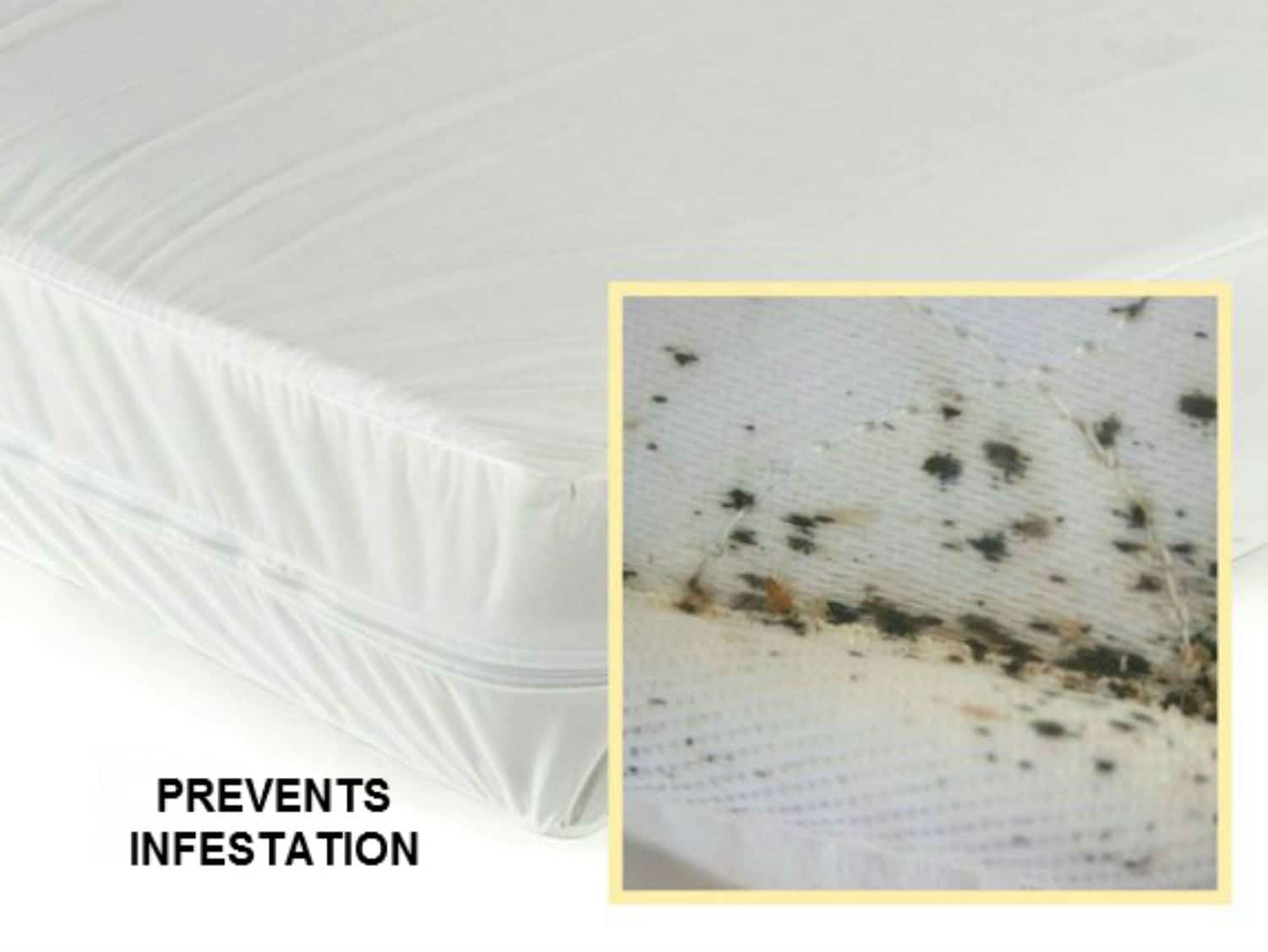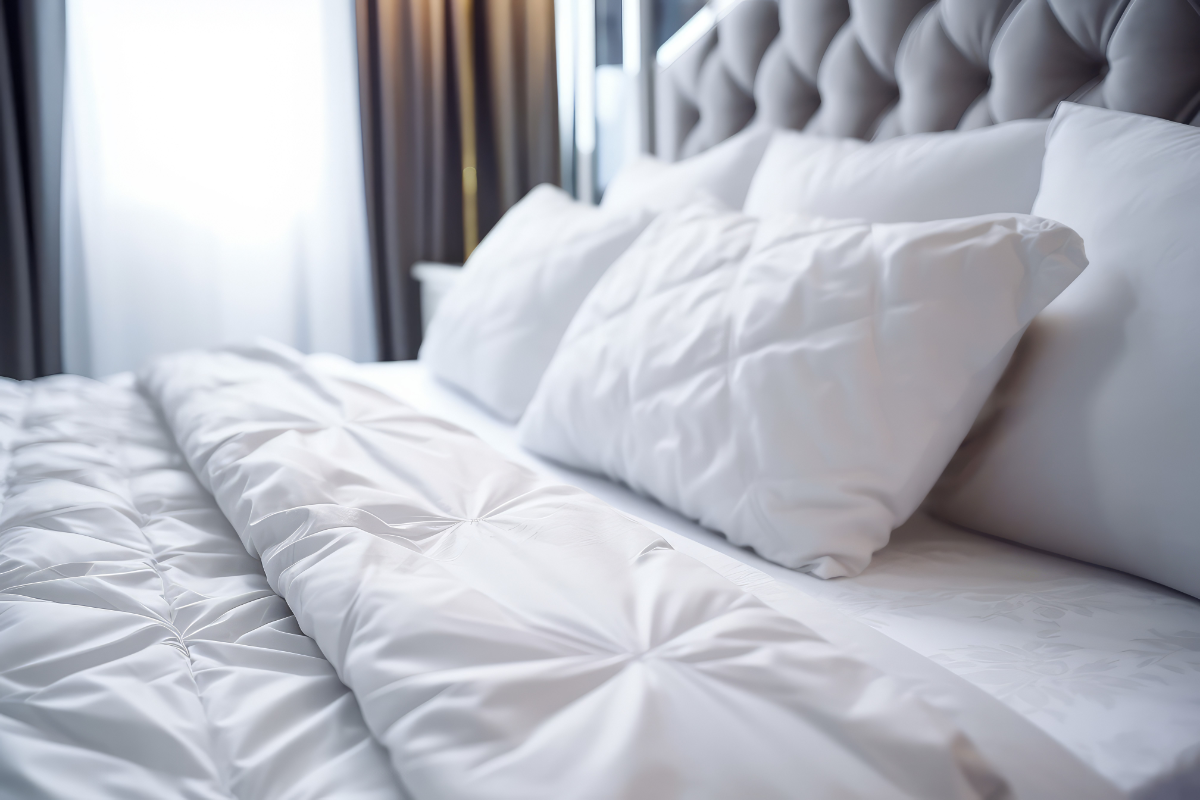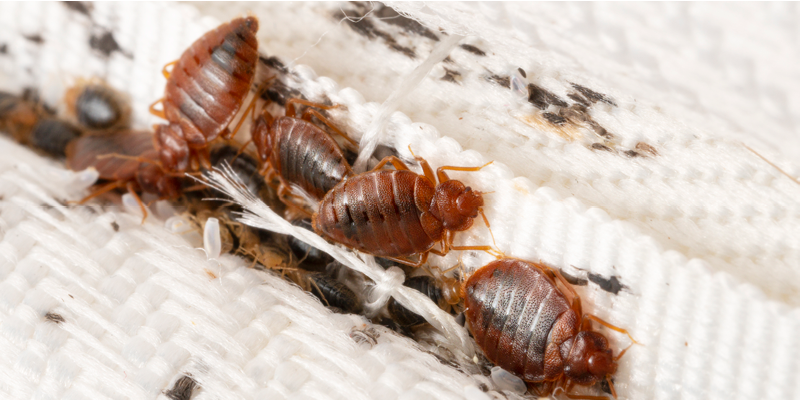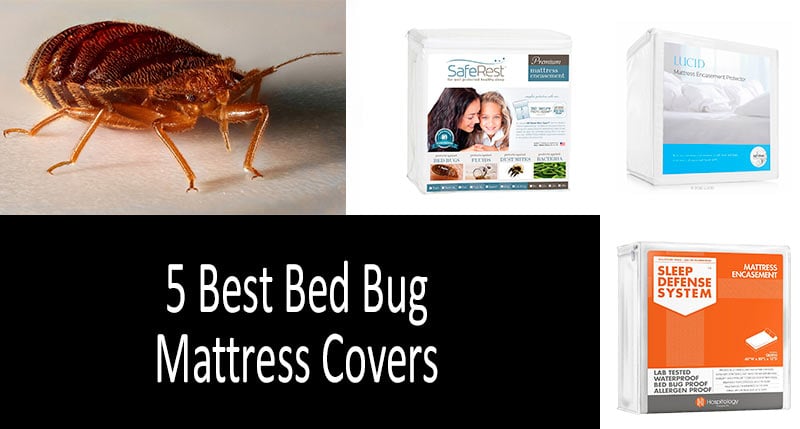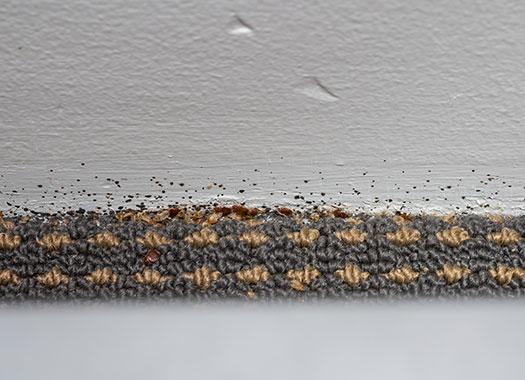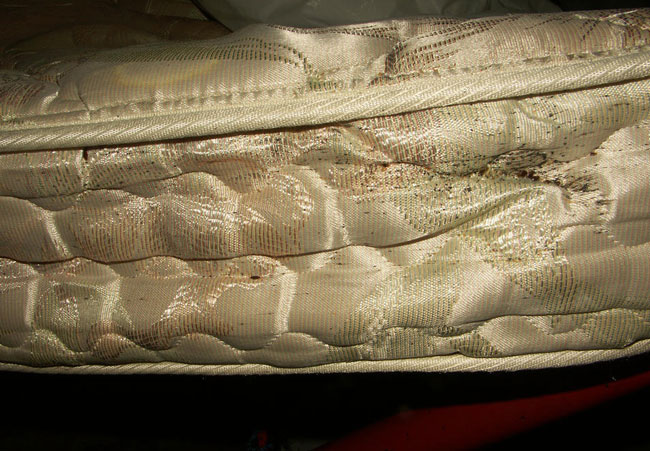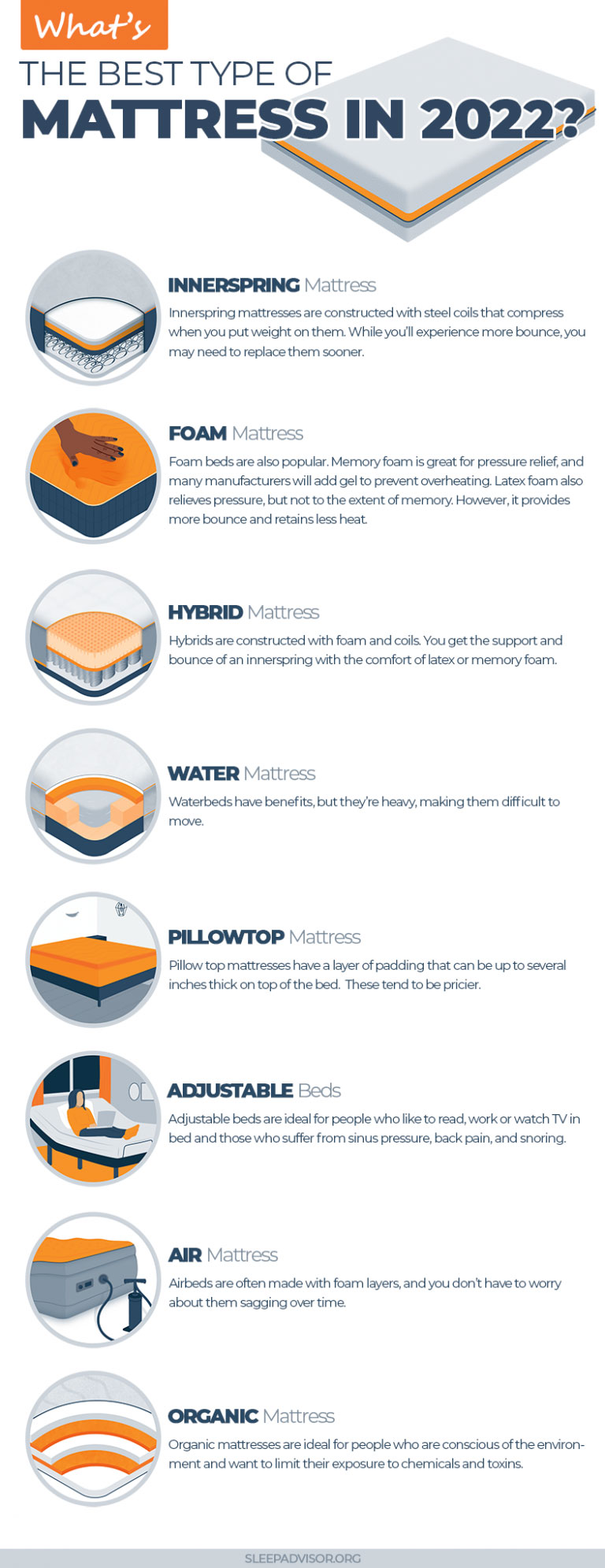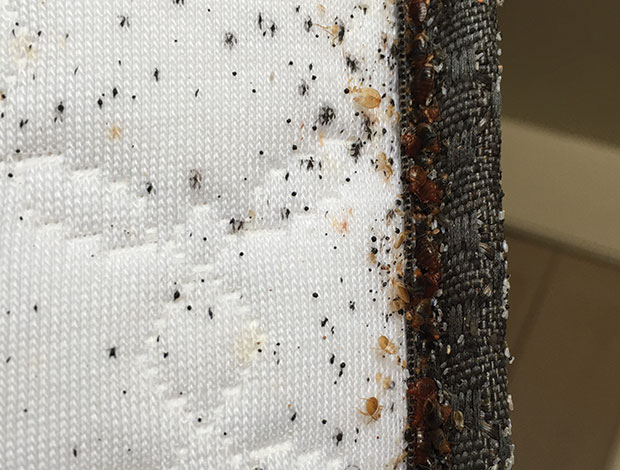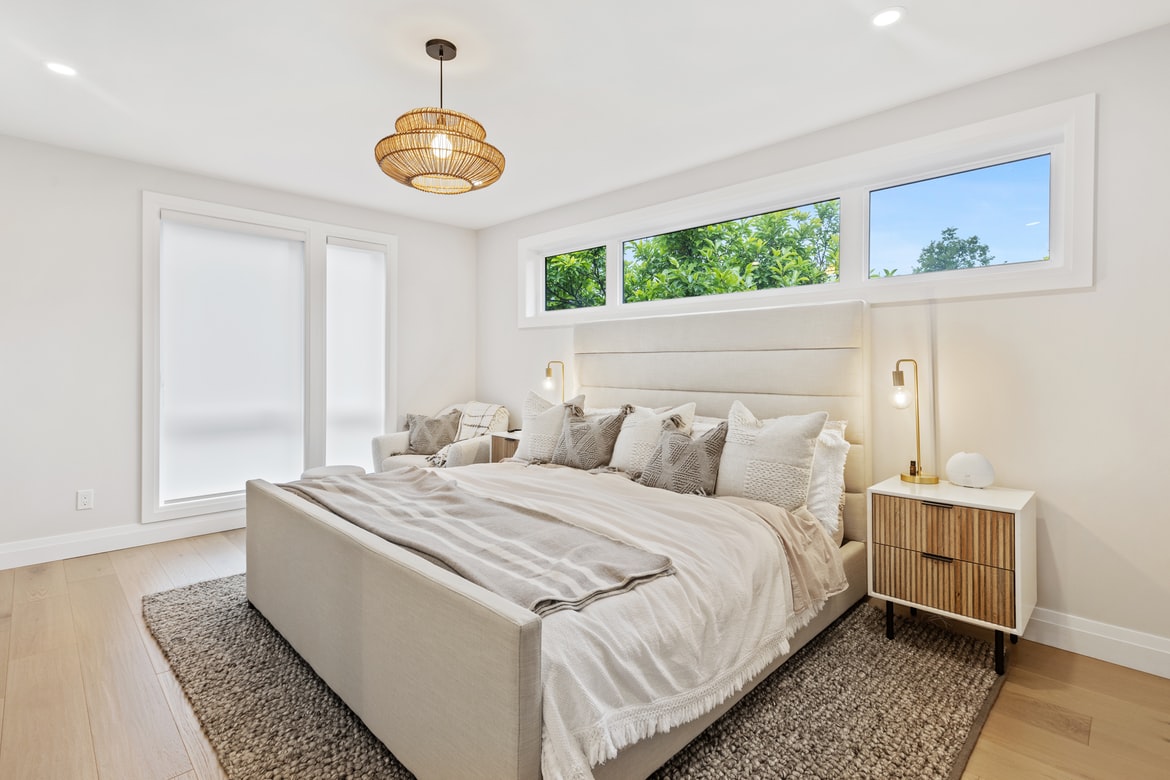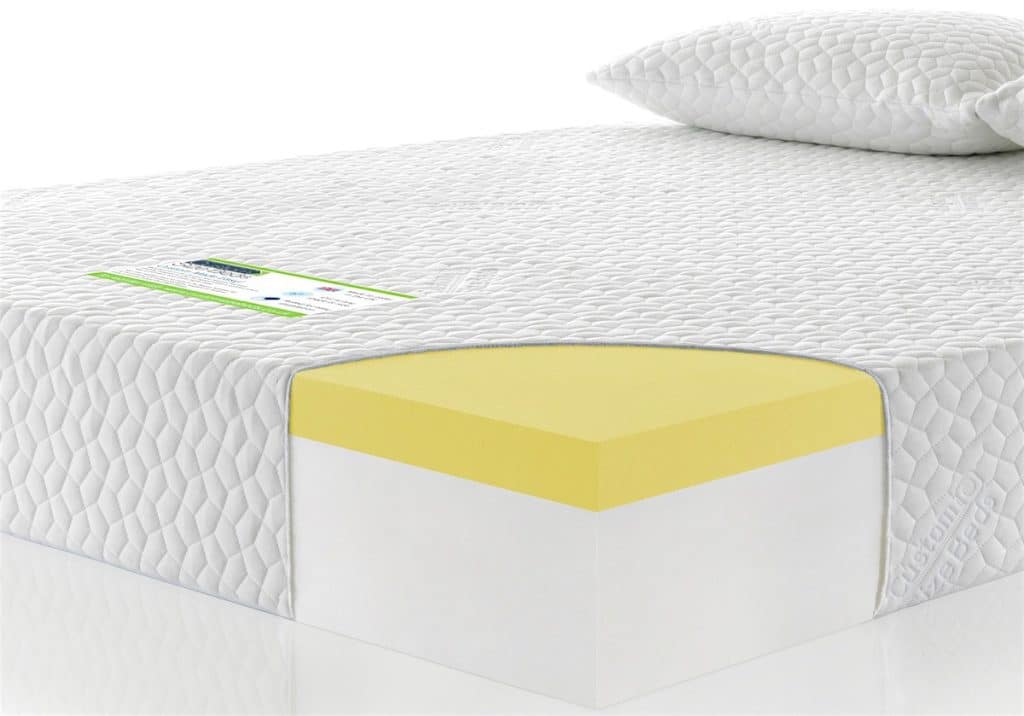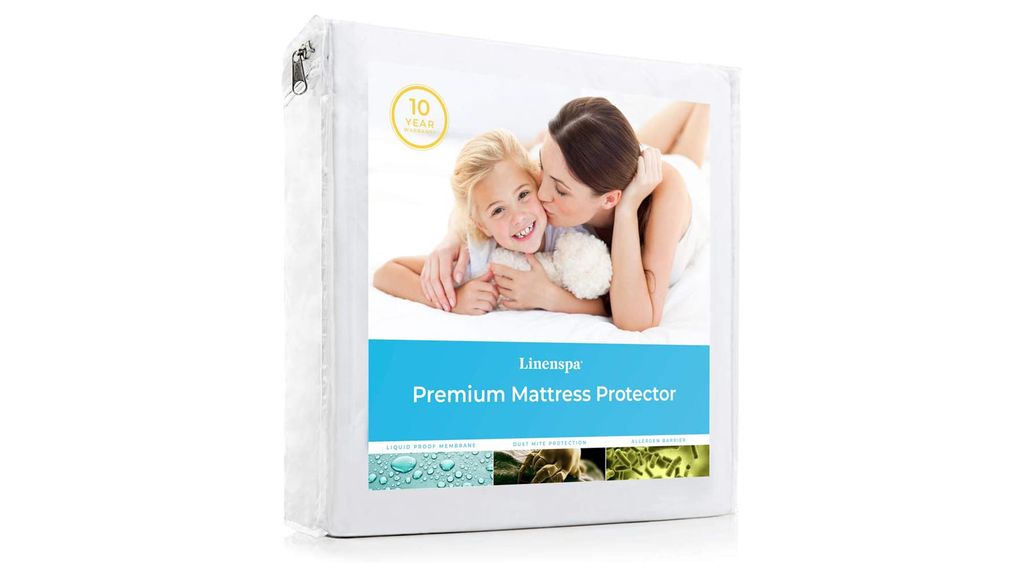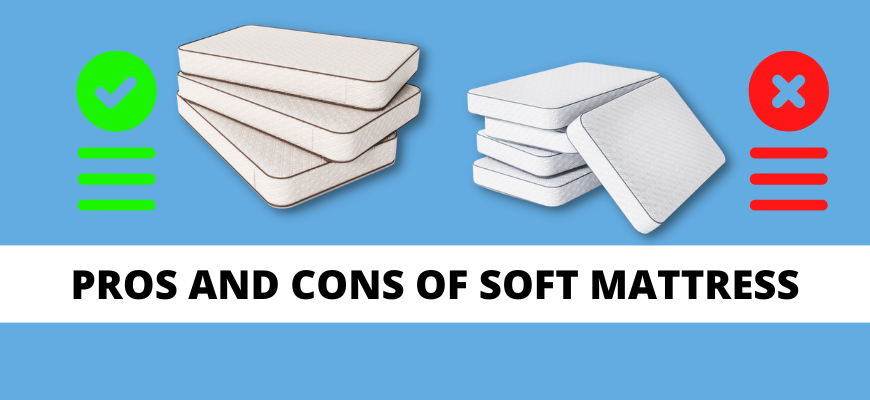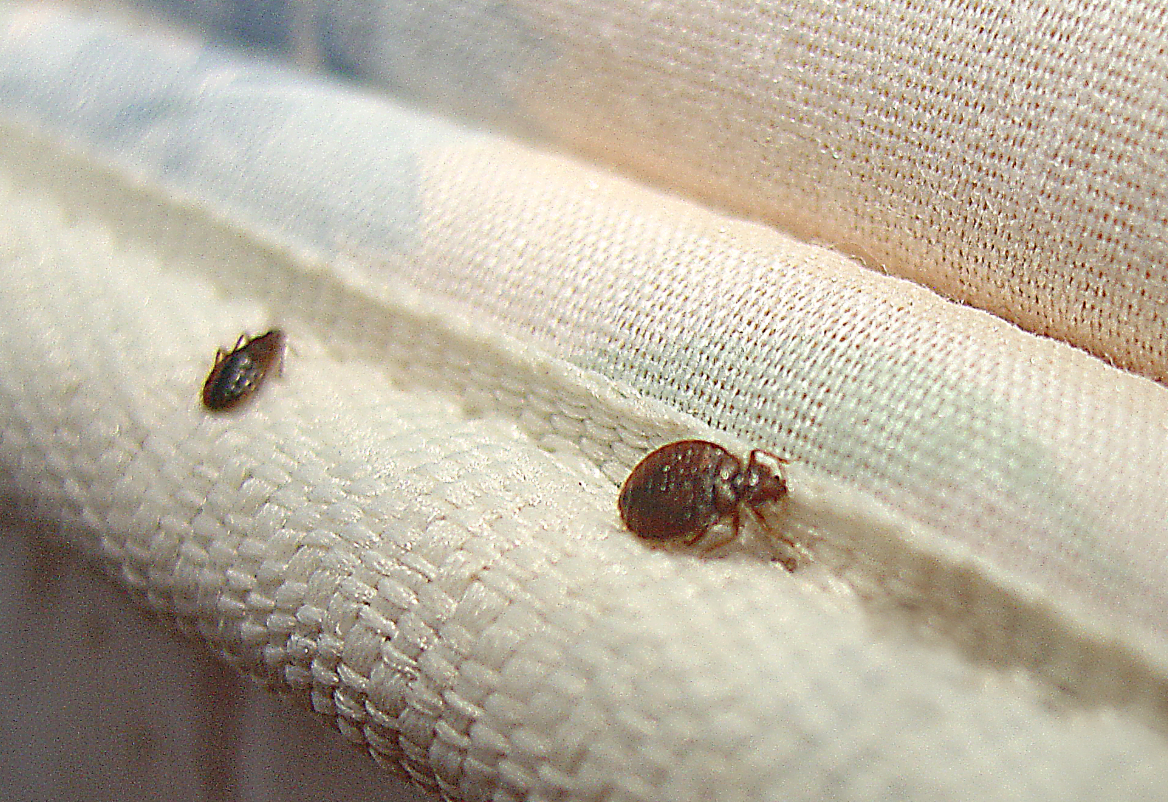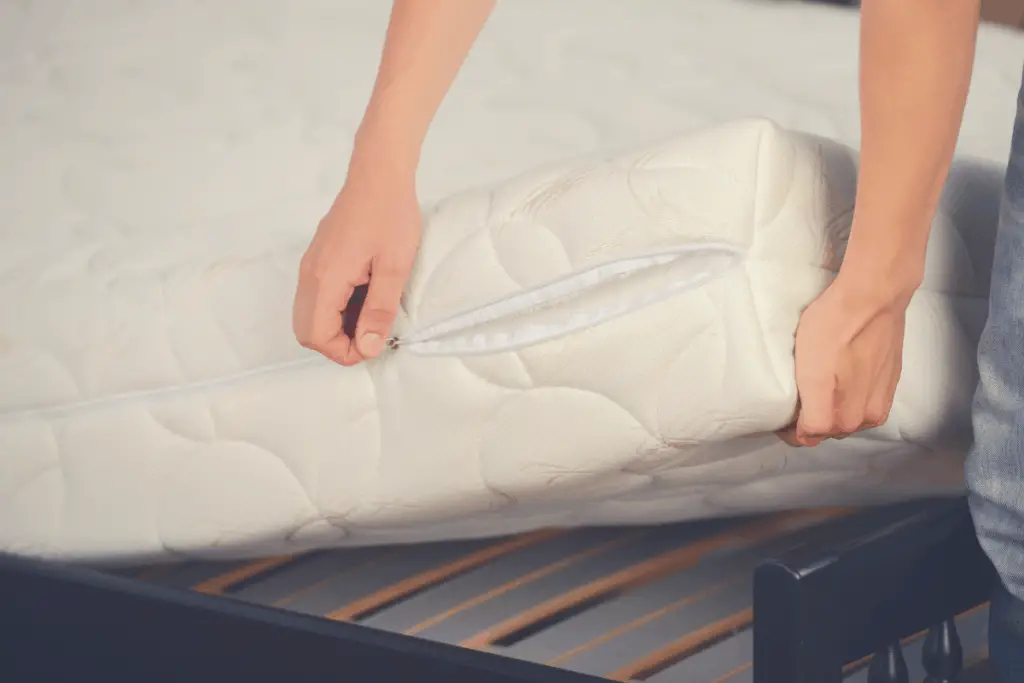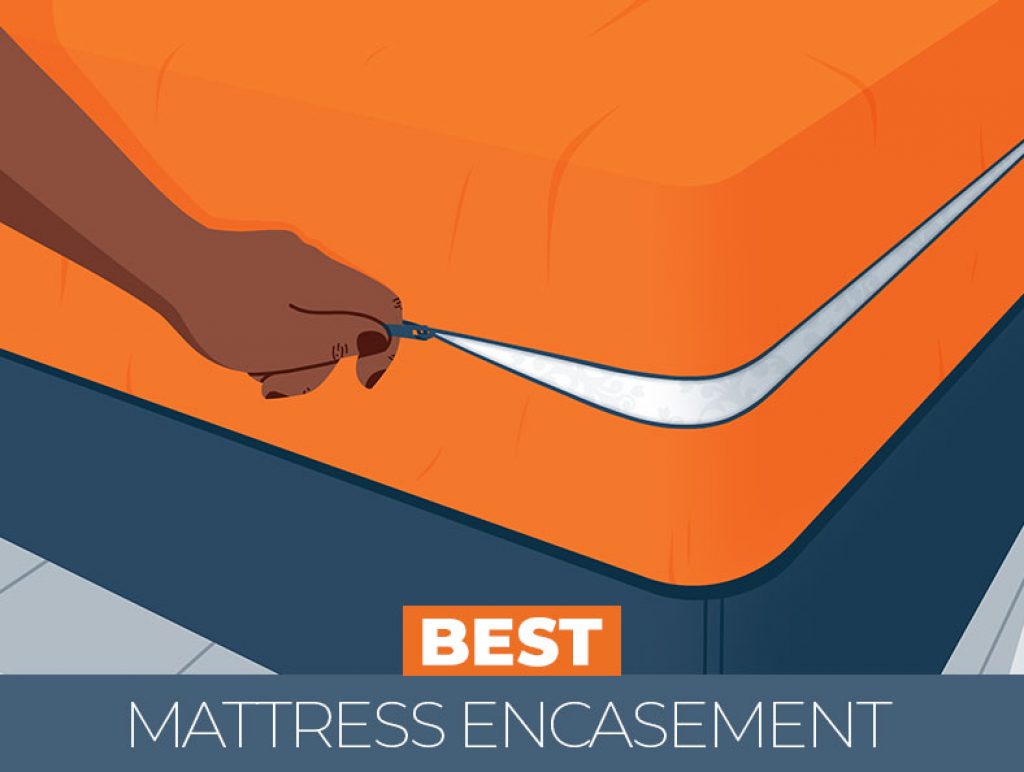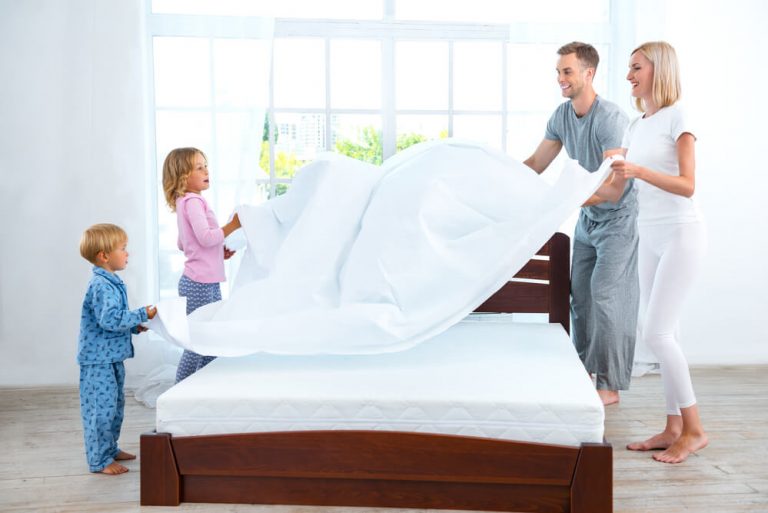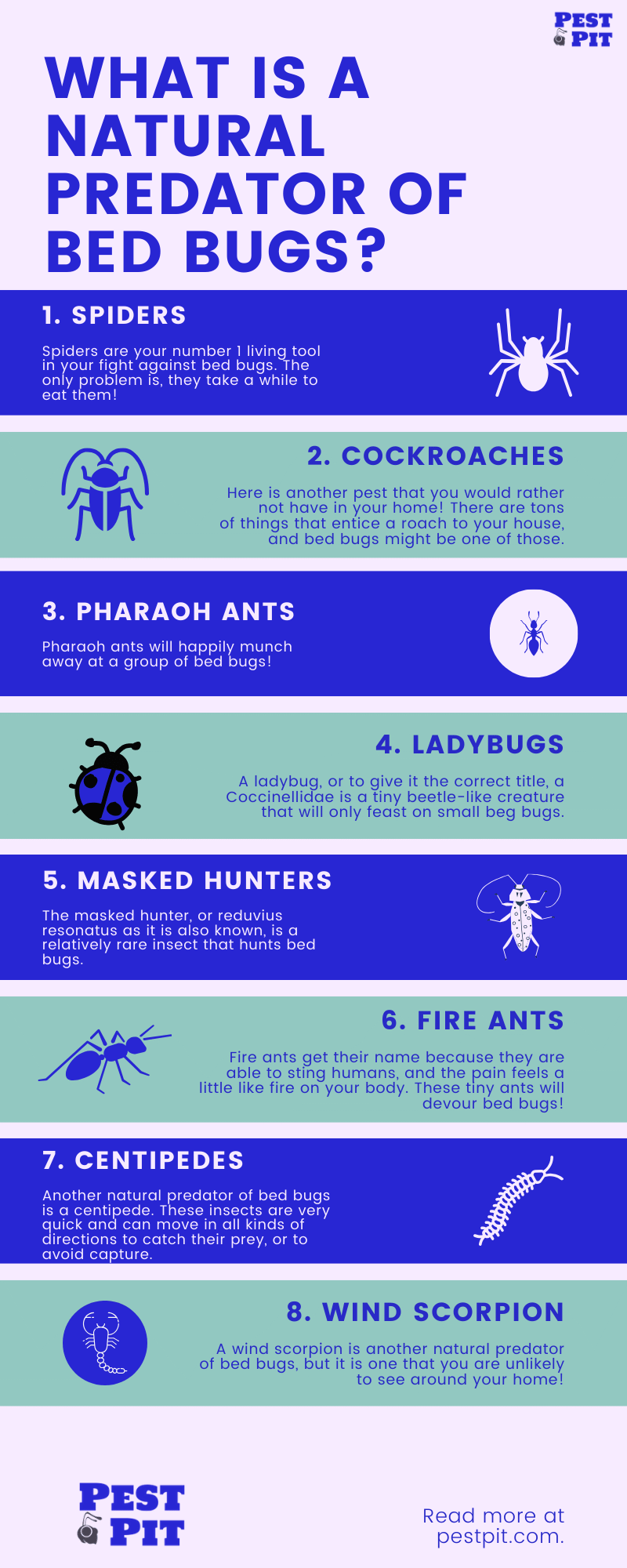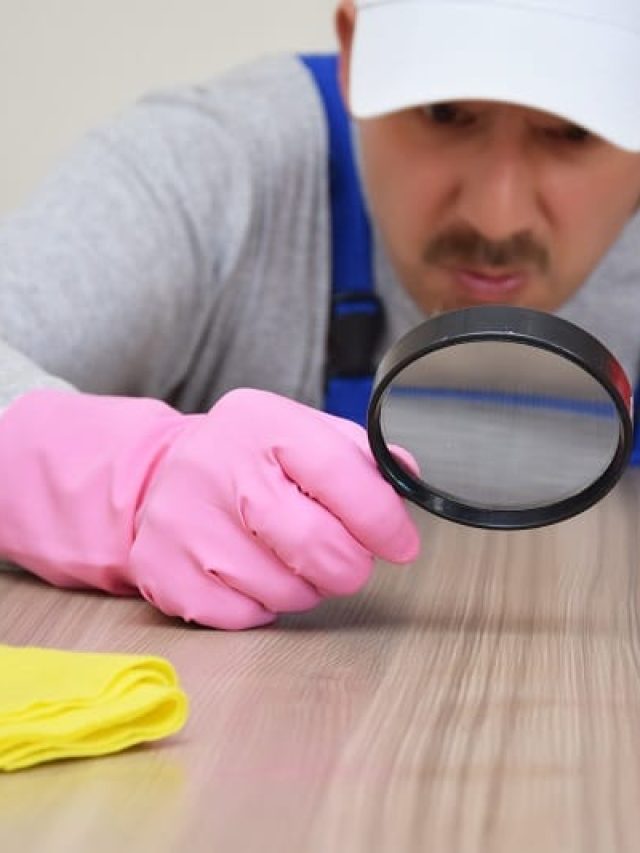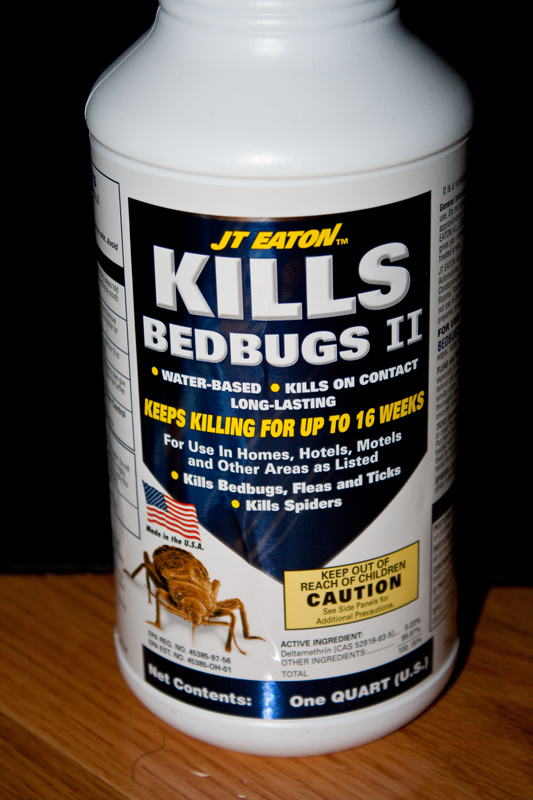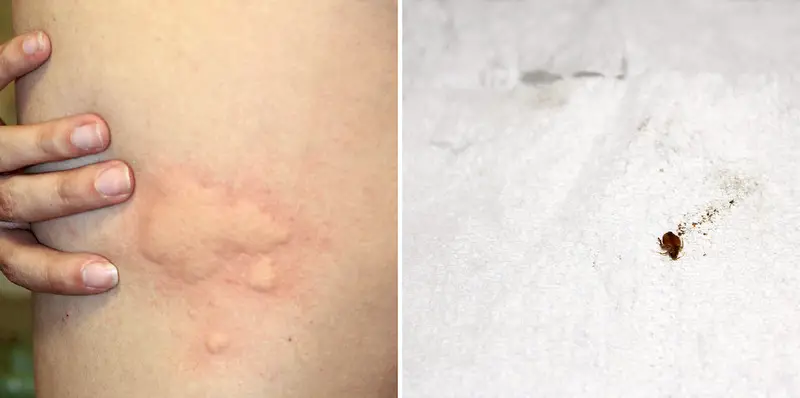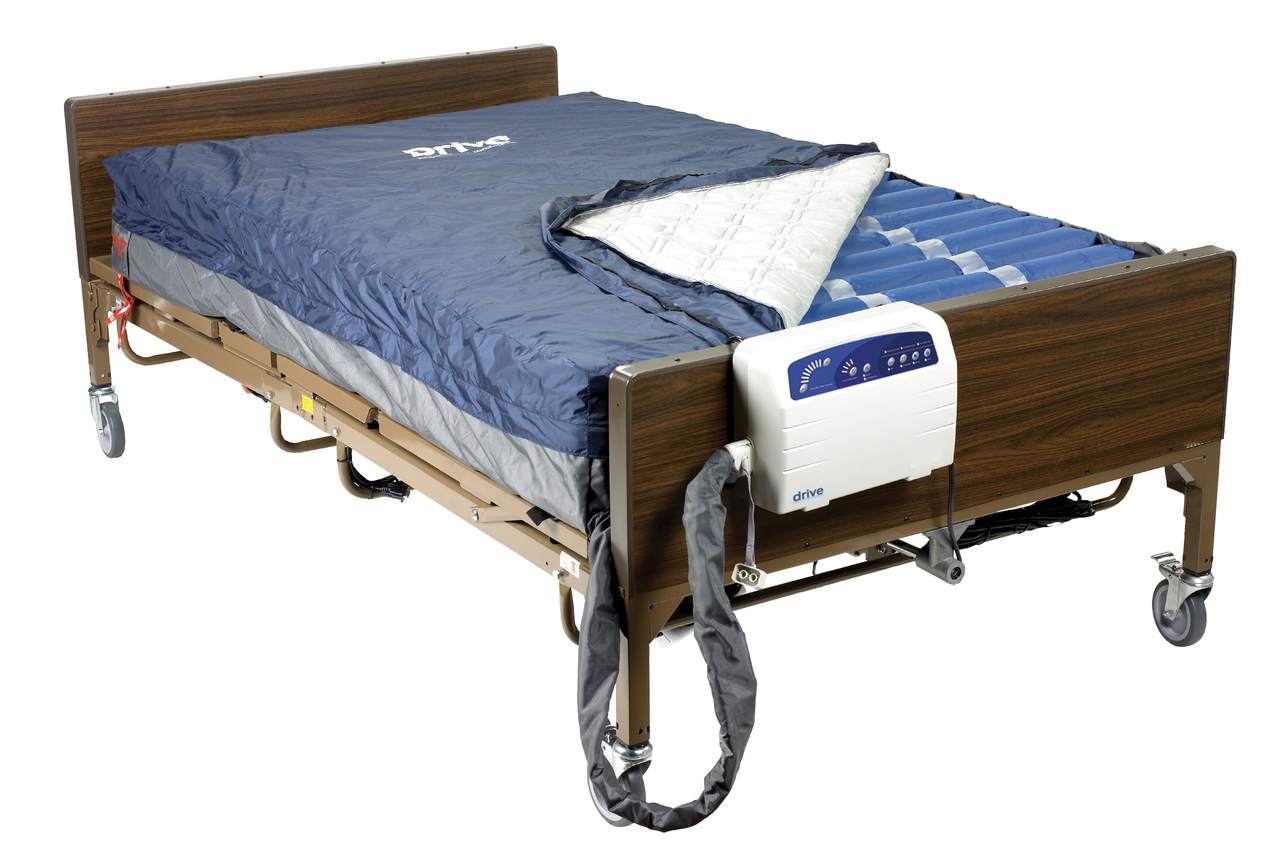1. Mattress Encasements: Do They Stop Bed Bugs?
Bed bugs are a common problem that can cause a lot of stress and discomfort. These tiny insects can infest your home and make it difficult to get a good night's sleep. One way to combat bed bugs is by using a mattress encasement. But do they really work to stop bed bugs?
Yes, mattress encasements can be an effective tool in preventing and eliminating bed bugs. These covers completely encase your mattress, creating a barrier that bed bugs cannot penetrate. This means that any bed bugs living inside your mattress will be trapped and unable to bite you while you sleep.
It's important to note that mattress encasements are not a standalone solution for bed bug infestations. They should be used in conjunction with other methods such as steam cleaning, vacuuming, and chemical treatments to fully eliminate the problem.
2. How to Use a Mattress Cover to Kill Bed Bugs
While mattress encasements can help to prevent bed bugs from infesting your mattress, they can also be used as a way to kill existing bed bugs. Here's how:
Step 1: Begin by removing all bedding and vacuuming your mattress thoroughly. This will help to remove any live bed bugs, eggs, or fecal matter.
Step 2: Once your mattress is clean, encase it with a bed bug proof mattress cover. Make sure to choose one that is specifically designed to be bed bug proof.
Step 3: Leave the encasement on for at least a year. This will ensure that any bed bugs trapped inside will eventually die from starvation.
Step 4: During this time, continue to monitor your mattress for any signs of bed bugs. If you see any, you may need to replace the encasement and repeat the process.
3. Can a Mattress Cover Really Kill Bed Bugs?
While mattress covers can be effective in killing bed bugs, they are not a foolproof method. Some bed bugs may be able to survive inside the encasement for longer than a year without feeding. Additionally, if there are any tears or holes in the encasement, bed bugs can escape and continue to infest your home.
It's important to choose a high-quality, bed bug proof encasement and to regularly check for any signs of bed bugs. This will ensure that the cover is doing its job and helping to eliminate the problem.
4. The Truth About Mattress Covers and Bed Bugs
There is a lot of misinformation out there about bed bugs and mattress covers. Some people believe that simply using a mattress encasement will prevent or eliminate a bed bug infestation, while others claim that they are a waste of money.
The truth is, mattress covers can be a helpful tool in the fight against bed bugs, but they are not a standalone solution. They should be used in conjunction with other methods to effectively eliminate the problem.
Additionally, not all mattress encasements are created equal. It's important to do your research and choose a high-quality, bed bug proof cover to ensure its effectiveness.
5. Do Mattress Covers Really Work for Bed Bugs?
As mentioned, mattress covers can be an effective tool in preventing and eliminating bed bugs. However, there are certain factors that can affect their effectiveness.
If your mattress already has a bed bug infestation, using a mattress cover alone will not solve the problem. The cover will trap the bed bugs inside, but they will still be alive and able to reproduce. It's important to use other methods to fully eliminate the infestation before encasing your mattress.
Additionally, if there are any tears or holes in the encasement, bed bugs can escape and continue to infest your home. Regularly inspecting and replacing the encasement if needed can help to prevent this from happening.
6. How to Choose the Best Mattress Cover for Bed Bugs
When it comes to choosing a mattress cover for bed bugs, there are a few key things to look for:
Bed Bug Proof: The cover should be specifically designed to be bed bug proof, with a tight zipper and reinforced seams.
Waterproof: A waterproof cover can help to prevent any liquids from seeping into your mattress, which can create a hospitable environment for bed bugs.
Material: Look for covers made of high-quality, durable materials that will not easily tear or rip.
Fit: Make sure to measure your mattress and choose a cover that fits snugly.
Certifications: Look for covers that are certified by organizations such as the National Pest Management Association or the Bed Bug Foundation.
7. The Pros and Cons of Using a Mattress Cover for Bed Bugs
Like any method of bed bug control, using a mattress cover has its pros and cons. Some of the pros include:
- Can help to prevent bed bugs from infesting your mattress
- Can trap and kill existing bed bugs inside the cover
- Easy and cost-effective method
However, there are also some cons to consider:
- Not a standalone solution and should be used in conjunction with other methods
- Can be difficult to put on and take off, especially for larger mattresses
- May not be effective if there are tears or holes in the cover
8. Mattress Covers vs. Mattress Encasements for Bed Bugs
When it comes to bed bug control, mattress covers and encasements are often used interchangeably. However, there are some key differences between the two.
A mattress cover typically only covers the top and sides of the mattress, leaving the bottom exposed. This can make it easier for bed bugs to infest the mattress from below.
A mattress encasement, on the other hand, completely encases the entire mattress, leaving no openings for bed bugs to enter or escape. This makes them a more effective tool for bed bug control.
Ultimately, the choice between a cover or encasement will depend on your budget and personal preference. However, if you are dealing with a severe bed bug infestation, it may be worth investing in a mattress encasement for maximum protection.
9. How to Tell if Your Mattress Cover is Effective Against Bed Bugs
After using a mattress cover for bed bugs, it's important to regularly check for any signs of bed bugs to ensure that the cover is doing its job. Here are some things to look out for:
Live Bugs: If you see any live bed bugs on your mattress cover, it may not be effective in trapping them inside.
Blood Stains: Bed bugs leave behind blood stains on your sheets or mattress cover after feeding. If you notice these, it could be a sign that bed bugs are still present.
Fecal Matter: Bed bugs also leave behind dark, rust-colored fecal matter on your sheets or cover. If you see this, it's a sure sign of a bed bug infestation.
If you notice any of these signs, it may be time to replace your mattress cover and take additional measures to eliminate the bed bugs.
10. The Top 5 Mattress Covers for Killing Bed Bugs
If you're in the market for a mattress cover for bed bugs, here are some top options to consider:
1. SafeRest Premium Zippered Mattress Encasement: This encasement is made of a breathable, waterproof material and is certified bed bug proof by the National Pest Management Association.
2. Linenspa Zippered Encasement: This encasement is made of a soft, noiseless fabric and is also certified bed bug proof.
3. Utopia Bedding Zippered Mattress Encasement: This encasement is made of a stretchable knitted polyester fabric and is also waterproof and certified bed bug proof.
4. Sleep Defense System Mattress Encasement: This encasement is made of a polyester material and is also certified bed bug proof by the Bed Bug Foundation.
5. Red Nomad Mattress Encasement: This encasement is made of a hypoallergenic, waterproof material and is also certified bed bug proof.
In conclusion, using a mattress cover for bed bugs can be an effective tool in preventing and eliminating these pesky bugs. However, it's important to choose a high-quality, bed bug proof cover and use it in conjunction with other methods for maximum effectiveness. Regularly monitoring and replacing the cover can also help to ensure its effectiveness in the long run.
The Importance of a Mattress Cover in Protecting Against Bed Bugs

What Are Bed Bugs?
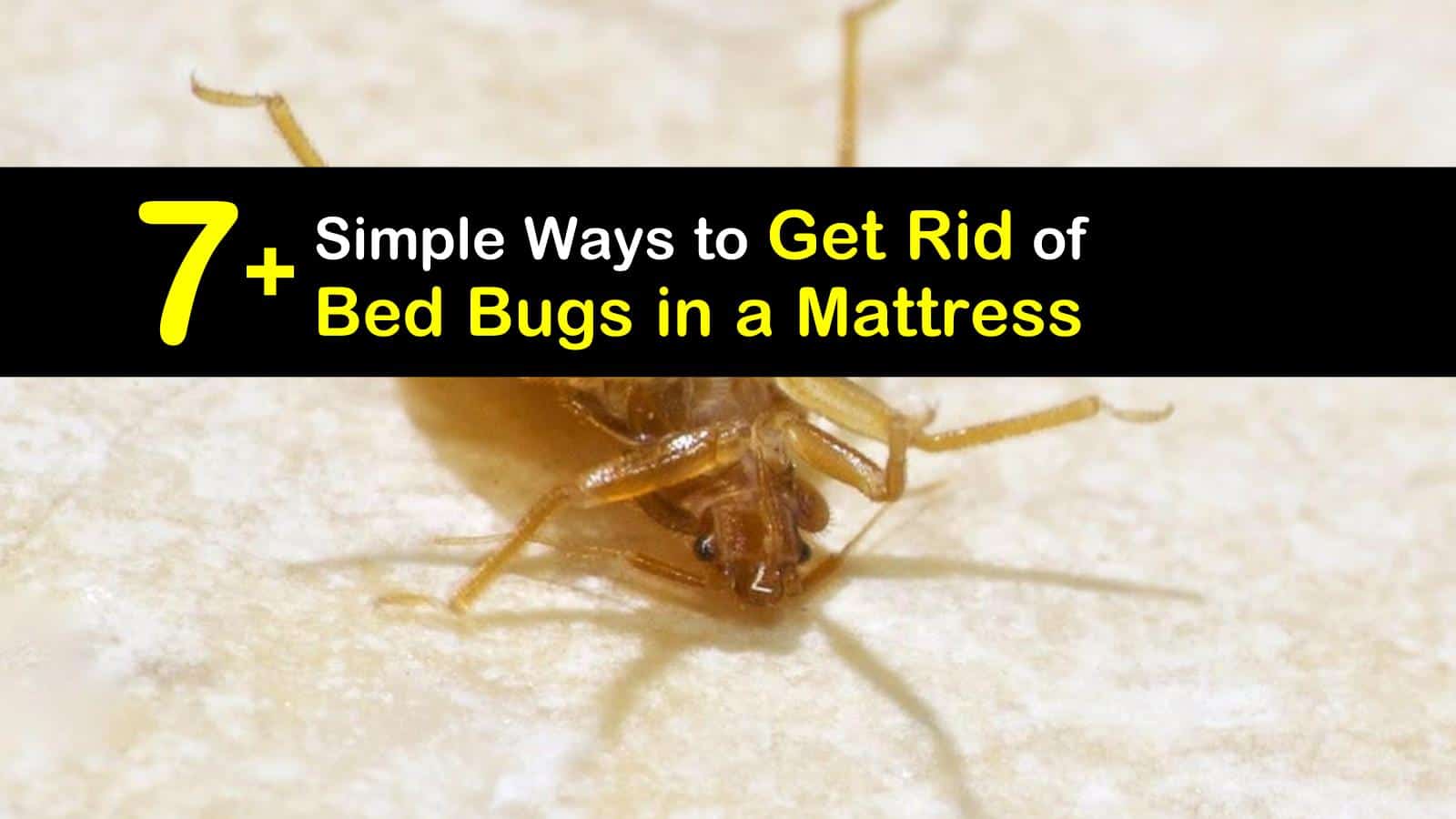 Bed bugs are small, parasitic insects that feed on the blood of humans and animals. They are found all over the world and can easily infest homes, hotels, and even public transportation. These tiny pests are reddish-brown in color, flat and oval-shaped, and can grow up to 5mm in length. They are most active at night and can be difficult to spot as they hide in cracks and crevices. Bed bug infestations are not only a nuisance, but they can also cause health problems such as skin rashes and allergic reactions.
Bed bugs are small, parasitic insects that feed on the blood of humans and animals. They are found all over the world and can easily infest homes, hotels, and even public transportation. These tiny pests are reddish-brown in color, flat and oval-shaped, and can grow up to 5mm in length. They are most active at night and can be difficult to spot as they hide in cracks and crevices. Bed bug infestations are not only a nuisance, but they can also cause health problems such as skin rashes and allergic reactions.
How Do Mattress Covers Help?
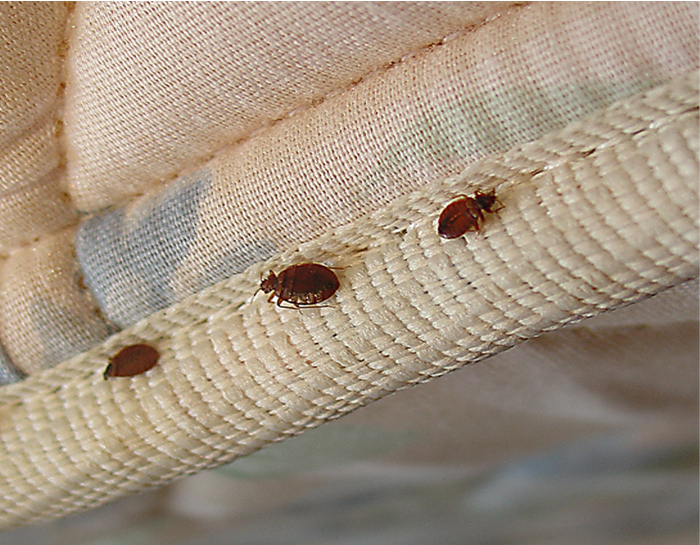 Mattress covers
are specially designed to encase the entire mattress, creating a barrier between the bed bugs and the sleeping surface. These covers are made of a tightly woven fabric that prevents bed bugs from entering or escaping the mattress. They also have a zipper closure that further secures the mattress and prevents any gaps where bed bugs can enter.
One of the main benefits of using a mattress cover is that it can effectively kill bed bugs
. When bed bugs come into contact with the cover, they are unable to feed and will eventually die. This is because the cover creates an inhospitable environment for the bed bugs, cutting off their food supply and trapping them inside. In addition, the fabric of the cover is often treated with a pesticide that is safe for humans but deadly for bed bugs.
Mattress covers
are specially designed to encase the entire mattress, creating a barrier between the bed bugs and the sleeping surface. These covers are made of a tightly woven fabric that prevents bed bugs from entering or escaping the mattress. They also have a zipper closure that further secures the mattress and prevents any gaps where bed bugs can enter.
One of the main benefits of using a mattress cover is that it can effectively kill bed bugs
. When bed bugs come into contact with the cover, they are unable to feed and will eventually die. This is because the cover creates an inhospitable environment for the bed bugs, cutting off their food supply and trapping them inside. In addition, the fabric of the cover is often treated with a pesticide that is safe for humans but deadly for bed bugs.
Other Benefits of Mattress Covers
 Aside from killing bed bugs,
mattress covers
also have other benefits in protecting against bed bug infestations. They can prevent new infestations from occurring by sealing off any existing bed bugs from the outside environment. This is especially important for those who live in multi-unit buildings or frequently travel, as they are at a higher risk of encountering bed bugs.
Moreover, mattress covers can also make it easier to detect and get rid of bed bugs. Since the cover acts as a barrier, any bed bugs that are present on the outside of the mattress will be trapped inside, making them more visible and easier to spot. This can help in the early detection and treatment of bed bug infestations, preventing them from spreading and becoming a larger problem.
Aside from killing bed bugs,
mattress covers
also have other benefits in protecting against bed bug infestations. They can prevent new infestations from occurring by sealing off any existing bed bugs from the outside environment. This is especially important for those who live in multi-unit buildings or frequently travel, as they are at a higher risk of encountering bed bugs.
Moreover, mattress covers can also make it easier to detect and get rid of bed bugs. Since the cover acts as a barrier, any bed bugs that are present on the outside of the mattress will be trapped inside, making them more visible and easier to spot. This can help in the early detection and treatment of bed bug infestations, preventing them from spreading and becoming a larger problem.
In Conclusion
 Mattress covers are an essential tool in protecting against bed bugs
. They not only kill and prevent bed bugs, but they also have other benefits that can make dealing with these pesky pests easier. If you are concerned about a potential bed bug infestation or want to prevent one from occurring, investing in a high-quality mattress cover is a wise choice. With the use of a mattress cover, you can sleep peacefully knowing that your mattress is protected against bed bugs.
Mattress covers are an essential tool in protecting against bed bugs
. They not only kill and prevent bed bugs, but they also have other benefits that can make dealing with these pesky pests easier. If you are concerned about a potential bed bug infestation or want to prevent one from occurring, investing in a high-quality mattress cover is a wise choice. With the use of a mattress cover, you can sleep peacefully knowing that your mattress is protected against bed bugs.


